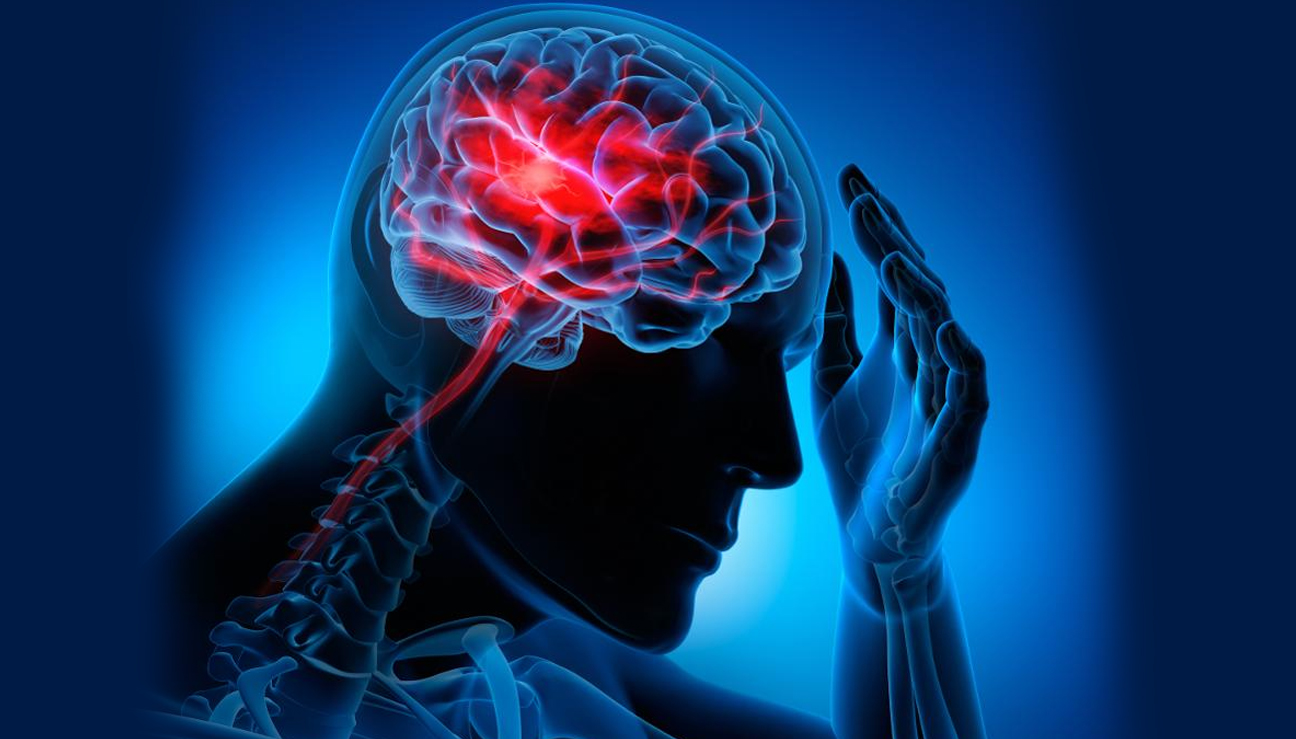
Stroke is the third leading cause of death, after cardiovascular disease and cancer. Strokes disable more adults than any other condition. When a stroke occurs, a blood vessel in the brain becomes blocked or bursts, sometimes causing permanent brain damage or even death. However, prompt treatment and follow-up care may protectbrain cells and help patients lead healthy, productive lives. There are several symptoms particular to stroke. Any of these symptoms should motivate a call to 9177770777 immediately:
Accounts for approximately 80 to 85 percent of all strokes. the blood supply to a part of the brain becomes blocked. This prevents oxygen and nutrients from reaching brain cells. Within a few minutes, these cells may begin to die.
Ischemic stroke is a life-threatening condition. We, neuro interventional radiology physicians may be able to navigate a catheter to the site of the blockage in the blood vessel, to remove the blockade to restore the flow to brain causing minimal damage to brain.

These treatments should be performed as soon as possible after the onset of the stroke. The sooner treatment is started, the better the outcome.
During a hemorrhagic stroke, a blood vessel within the brain leaks or ruptures, and bleeds into the brain tissue (intra-cerebral hemorrhage) or into the surrounding space (subarachnoid hemorrhage). This can exert pressure on the brain and cause neurological deficit. Neuro interventional radiologists will perform an angiogram with the goal of identifying the cause of the bleeding, and, if possible, stop the source of bleeding by a technique called embolization.
Sudden onset of severe headache without warning is seen in SAH. An aneurysm is a weakened area in a blood vessel that may enlarge and rupture. Approximately eight to ten percent of all strokes are caused by ruptured brain aneurysms. Aneurysms can be treated by endovascular techniques, including insertion of platinum coils into the aneurysm or placement of flow divertering stents to stop blood flow to the aneurysm. These methods may help prevent rupture or re-rupture of the aneurysm. Time is brain - Speed is the key to effective stroke treatment - the faster doctors can restore blood flow to the brain, the better their chances of preventing brain damage.
Be and act fast call- 9177770777 @ stroke to save your dear ones from permanent damage of brain.